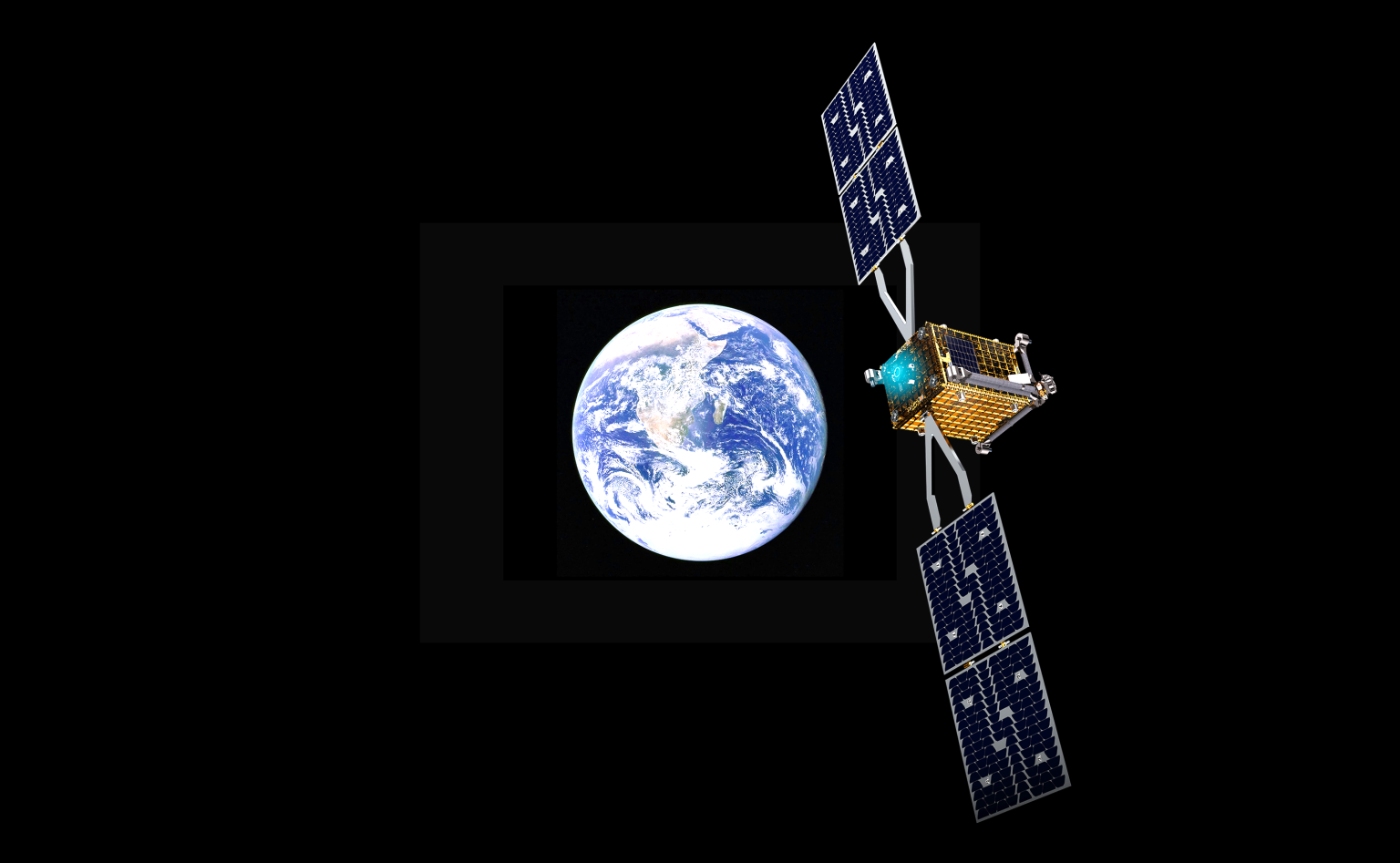The U.S. Space Force has partnered with Starfish Space to conduct a first-of-its-kind docking mission in geostationary Earth orbit. The $37.5 million contract was awarded to develop the Otter satellite docking spacecraft, aimed at enhancing the maneuverability of national security assets in space. This project is part of the Assured Access to Space program and will involve collaboration with various organizations to improve the responsiveness, resilience, and flexibility of America’s space assets. The full-scale Otter spacecraft will be capable of docking with other satellites for purposes such as refueling, course correction, station-keeping, and orbital disposal.
Starfish Space recently tested a small-scale version of the Otter system called Otter Pup, successfully demonstrating its sensing and guidance capabilities by orchestrating a rendezvous with another satellite in orbit. The full-scale Otter spacecraft is intended for a wide range of applications beyond augmented maneuver, including station-keeping, life extension, orbital transfer, and disposal. The contract for the Otter project was awarded through the Department of the Air Force’s STRATFI program, leveraging private capital investment for funding. The project aims to send an Otter spacecraft to GEO to dock with and maneuver national security assets, although the specific assets and detailed operations plan remain undisclosed.
Starfish Space will own and operate the Otter vehicle, providing on-orbit services on a commercial basis. The launch could potentially occur by 2026, followed by two years of operation as per the STRATFI contract terms. Starfish is optimistic about collaborating with the Space Force to develop the necessary capabilities for dynamic space operations. The company was founded in 2019 by former Blue Origin employees and has received awards from the Space Force and NASA to support the development of its satellite docking system. In 2020, Starfish raised $14 million in a Series A funding round to further advance its technology.
The partnership with Starfish Space and the development of the Otter satellite docking spacecraft represents a significant advancement in space technology. By enabling maneuverability of national security assets in orbit, the project will enhance the overall capabilities and responsiveness of America’s space assets. The use of private capital investment through the STRATFI program demonstrates a commitment to leveraging public-private partnerships for space exploration and technology development. The success of the Otter project could have far-reaching implications for future space missions and operations.
The demonstration mission of the Otter spacecraft in GEO will mark a key milestone in space exploration and technology development. The ability to dock with and maneuver other satellites in orbit opens up new possibilities for space operations, including refueling, course correction, and orbital disposal. The partnership between the U.S. Space Force and Starfish Space underscores the importance of collaboration between government agencies and private companies in pushing the boundaries of space technology. The expertise and experience of the team behind the Otter project, including alumni of Blue Origin, positions them well to deliver on the program’s objectives and timeline.
Overall, the Otter satellite docking spacecraft project represents a significant investment in the future of space technology and operations. The collaboration between the U.S. Space Force and Starfish Space demonstrates a commitment to enhancing the maneuverability and capabilities of national security assets in space. With a focus on responsible norms in space and leveraging private capital investment, the project aims to deliver tangible on-orbit capabilities within a relevant timeframe. The success of the Otter project could pave the way for more advanced space missions and applications, further solidifying the role of private companies in the future of space exploration.












